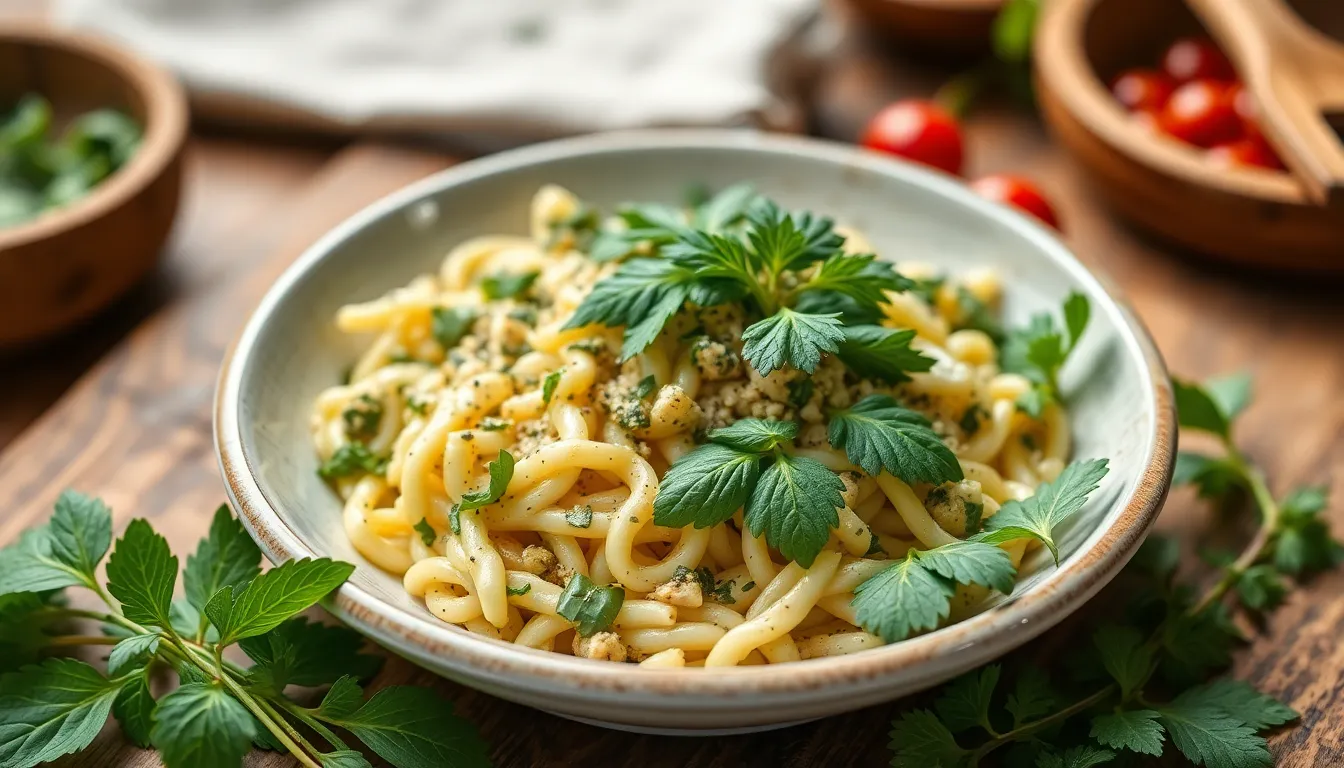The Power of Herbs: How to Use Them for Flavor and Health
Introduction
Herbs have been the backbone of culinary traditions across the globe, celebrated not only for their ability to enhance flavor but also for their remarkable health benefits. From ancient civilizations to modern kitchens, the aromatic qualities of herbs have transformed simple dishes into masterpieces while simultaneously offering a myriad of health advantages. In this post, we will explore the incredible world of herbs, diving into their nutritional benefits, popular types, and how to utilize them effectively in cooking.
Section 1: Understanding Herbs
1.1 What Are Herbs?
Culinary herbs are plants valued for their flavor, aroma, and medicinal properties. They typically contain essential oils that contribute to their distinctive tastes and fragrances. While some herbs are perennial, growing back year after year, others are annuals, completing their life cycle in one growing season. Herbs can be broadly classified into two categories: fresh and dried.
Fresh herbs are typically used in cooking to provide a vibrant flavor and aroma, while dried herbs often possess a more concentrated flavor, making them ideal for long-cooking dishes.
1.2 The Nutritional Benefits of Herbs
Herbs are not just flavor enhancers; they are packed with essential vitamins, minerals, and antioxidants. Here are some key nutritional components commonly found in culinary herbs:
- Vitamins: Herbs like parsley and basil are rich in vitamins A, C, and K.
- Minerals: Many herbs offer vital minerals such as calcium, iron, and magnesium.
- Antioxidants: Herbs like oregano and rosemary contain powerful antioxidants that combat oxidative stress in the body.
Incorporating herbs into your diet can lead to various health benefits, including anti-inflammatory effects, improved digestion, and enhanced immunity.
Section 2: Popular Culinary Herbs and Their Uses
2.1 Overview of Common Herbs
Here’s a list of popular culinary herbs and a brief description of their flavor profiles and uses:
- Basil
- Parsley
- Cilantro
- Rosemary
- Thyme
HTML Table: Nutritional Benefits of Common Herbs
| Herb Name | Flavor Profile | Key Nutritional Benefits | Culinary Uses |
|---|---|---|---|
| Basil | Sweet, Spicy | Vitamins A, K | Pesto, Salads, Sauces |
| Parsley | Fresh, Earthy | Vitamins C, K | Garnish, Salads, Soups |
| Cilantro | Citrusy, Bold | Antioxidants | Salsas, Curries |
| Rosemary | Pine-like | Antimicrobial properties | Roasted meats, Potatoes |
| Thyme | Earthy, Minty | Vitamins C, A | Soups, Stews, Marinades |
2.2 How to Choose Quality Herbs
Selecting quality herbs is essential for achieving the best flavor and health benefits. Here are some tips:
- Look for vibrant, colorful leaves without any signs of wilting or yellowing.
- Smell the herbs; they should have a strong, fresh aroma.
- Choose herbs that are in season for optimal flavor.
- When buying dried herbs, check the packaging date to ensure freshness.
Section 3: Cooking with Herbs
3.1 Fresh vs. Dried Herbs: When to Use Each
Fresh and dried herbs have different flavors and potency levels. Fresh herbs have a more vibrant flavor and are often used in recipes that require minimal cooking time. Dried herbs, on the other hand, are more concentrated and can withstand longer cooking times without losing their flavor.
Here are some guidelines for substituting dried for fresh and vice versa:
- As a general rule, use three times the amount of fresh herbs than dried herbs in a recipe.
- For dishes that simmer or cook for a long time, opt for dried herbs to release their flavors gradually.
- Add fresh herbs towards the end of cooking for maximum flavor impact.
3.2 Herb Pairings: Enhancing Flavor
Combining herbs can elevate your dishes to new heights. Here are some suggested combinations:
- Basil & Oregano: Perfect for Italian dishes.
- Rosemary & Thyme: Ideal for roasted meats and vegetables.
- Cilantro & Lime: A refreshing duo for salsas and salads.
When balancing flavors with herbs, consider the intensity of each herb and how it complements the other ingredients in your dish.
Section 4: Health Benefits of Specific Herbs
4.1 Healing Properties of Selected Herbs
Certain herbs are renowned for their medicinal properties:
- Ginger: Known for its anti-inflammatory effects, ginger can aid digestion and reduce nausea.
- Turmeric: Containing curcumin, turmeric is celebrated for its anti-inflammatory and antioxidant properties.
- Garlic: This herb is not only a flavor powerhouse but also supports heart health and boosts immunity.
Incorporating these herbs into your daily meals can improve overall well-being. Consider adding fresh ginger to smoothies, turmeric to soups, and garlic to stir-fries.
4.2 Herbal Teas and Infusions
Herbal teas are a wonderful way to enjoy the benefits of herbs. Here’s a simple guide to making herbal teas:
- Choose your herbs: Fresh or dried herbs like chamomile, peppermint, or hibiscus work beautifully.
- Steep: Boil water and pour it over the herbs, allowing them to steep for 5-10 minutes.
- Strain and enjoy: Remove the herbs and enjoy your soothing infusion.
Here’s a list of herbs ideal for teas and their effects:
- Chamomile: Calming effects, good for sleep.
- Peppermint: Aids digestion and refreshes.
- Ginger: Soothes stomach issues and provides warmth.
Section 5: Storing and Preserving Herbs
5.1 Best Practices for Storing Fresh Herbs
Proper storage is crucial to maximizing the shelf life of fresh herbs. Here are some effective methods:
- Refrigeration: Wrap fresh herbs in a damp paper towel and place them in a perforated plastic bag in the refrigerator.
- Water Method: Place herbs like basil and parsley upright in a jar with a little water, covering the leaves with a plastic bag, and store in the fridge.
5.2 Preserving Herbs for Year-Round Use
To enjoy herbs year-round, consider these preservation methods:
- Drying: Hang bunches of herbs upside down in a warm, dry place to allow them to dry completely.
- Freezing: Chop herbs and mix them with olive oil, then pour into ice cube trays and freeze for easy use in cooking.
Conclusion
The power of herbs extends beyond their delightful flavors; they are a treasure trove of health benefits that can enhance our well-being. By understanding the different types of herbs, their nutritional advantages, and how to effectively incorporate them into our cooking, we can create dishes that are not only delicious but also nourishing. So the next time you’re in the kitchen, don’t forget to reach for those vibrant herbs and let them elevate your culinary creations!




